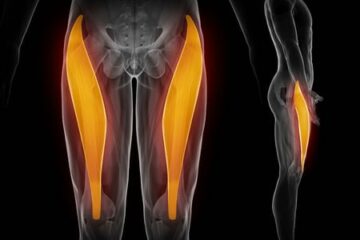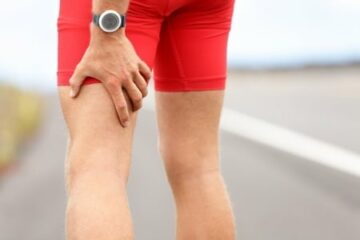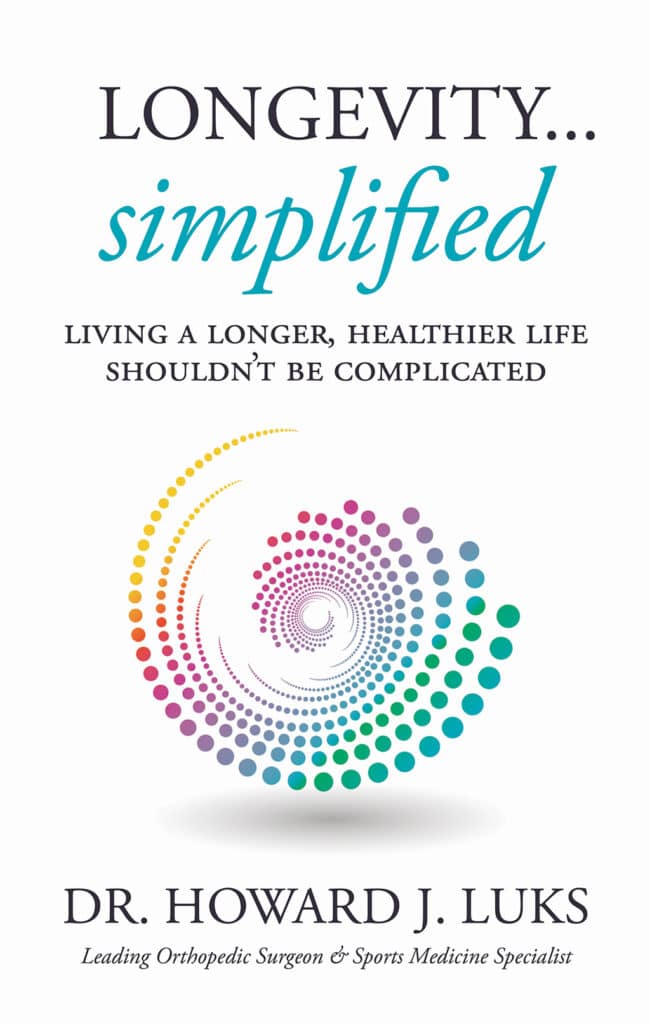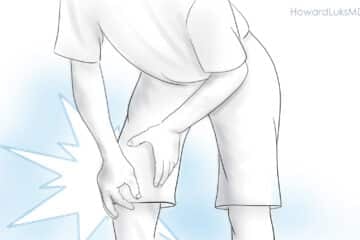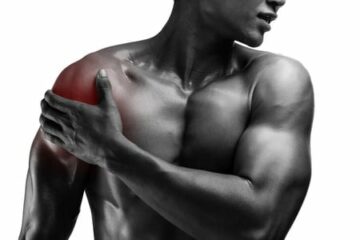
Groin pain in athletes is becoming far more common. Single sports participation and relative over-training can put you at risk for developing groin pain. Until recently, most Sports Medicine professionals and their Athletic Trainer colleagues felt there were only a limited number of causes of athletic groin pain. Most of you as the patients were told you had a sports hernia, osteitis pubis (inflammation of the pubic bone) or perhaps an adductor strain. Many of you were told you need hip surgery. In recent years there has been an explosive growth in the use of hip arthroscopy to manage groin or hip pain in the younger athlete. Current literature and research proves that surgery is rarely necessary in the management of groin pain in the athlete.
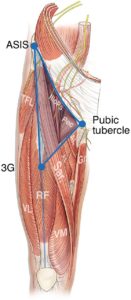
Our collective understanding of groin pain is changing rapidly. Not only have a few fantastic researchers been able to better determine the structures which are bothering you. These same researchers have proven that the majority of you will be able to return to sports after an appropriate course of rehabilitation and thus avoid surgery. And no, surgery was not proven to return athletes to the field faster.
Causes of Athletic Groin Pain: Anatomical Approach
- PA Pain : Pain which is in the midline … or around the pubic tubercle. This pain is worsened by resisting a sit-up and the midline pain is reproduced with other maneuvers we perform. This is “PA Pain” or pain due to the pubic aponeurosis. Many muscles converge in this area-including your abdominal obliques, your adductors and your midline abdominal muscles.
- Adductor: This pain is slightly lower than the PA pain patient. The pain occurs where your adductor muscles attach to your pelvis. This pain will worsen if someone brings your hip outward into abduction.
- Hip Pain: For many, the hip joint was never considered a possible cause of groin pain. FAI and other forms of hip problems can cause groin pain that is more medial than we would normally anticipate. A local anesthetic injected into the hip joint will provide brief relief if the hip is the cause of your athletic groin pain. That is turn will tell you that the hip is the likely source of your pain.
- Hip Flexors. Hip flexor tenderness is lateral to adductor or PA pain and the Psoas muscle (the strongest hip flexor) is tender to touch. If your hip flexor is bothering you then you may complain of pain when trying to arise from a seated position.
- Inguinal Injuries: Pain classified as inguinal occurs along the upper portion of your groin, above the hip joint and lateral to the pubic area. There is a little nerve here. The ilioinguinal nerve. That nerve can become irritated. To prove that this is the source of your pain, a local anesthetic can be injected to numb the nerve. That can assist your doctor in determining whether or not the nerve is the source of your pain.
In a group of over 300 athletes with groin pain. more than 60% had pain due to the Pubic Aponeurosis. The other causes were far less common causes of athletic groin pain. There is a lot of overlap in terms of physical exam findings and complaints that the athlete offers. Therefore, a meticulous exam is necessary in order to determine the source of the groin pain. An MRI is useful when the results are put into context with the complaints of the athlete and the findings on exam.
Despite the prevalence of abnormal hip signal on MRI, relatively few patients met the criteria for surgical intervention.
Dr Andy Franklyn-Miller
Perhaps most enlightening … the majority of athletes studied had MRI evidence of hip pathology. That means they may have been told that the pain was coming from their hip joint and that surgery was indicated. As I say often, we need to treat patients and not an MRI image. The MRI should confirm our suspicions and we should not chase an abnormal finding or allow ourselves to suffer a severe case of confirmation bias. Only 2% of the athletes with hip problems noted on an MRI went on to require surgery.
In future posts we will highlight some of the rehabilitation techniques to manage athletic groin pain without surgery. S
Stay tuned…


